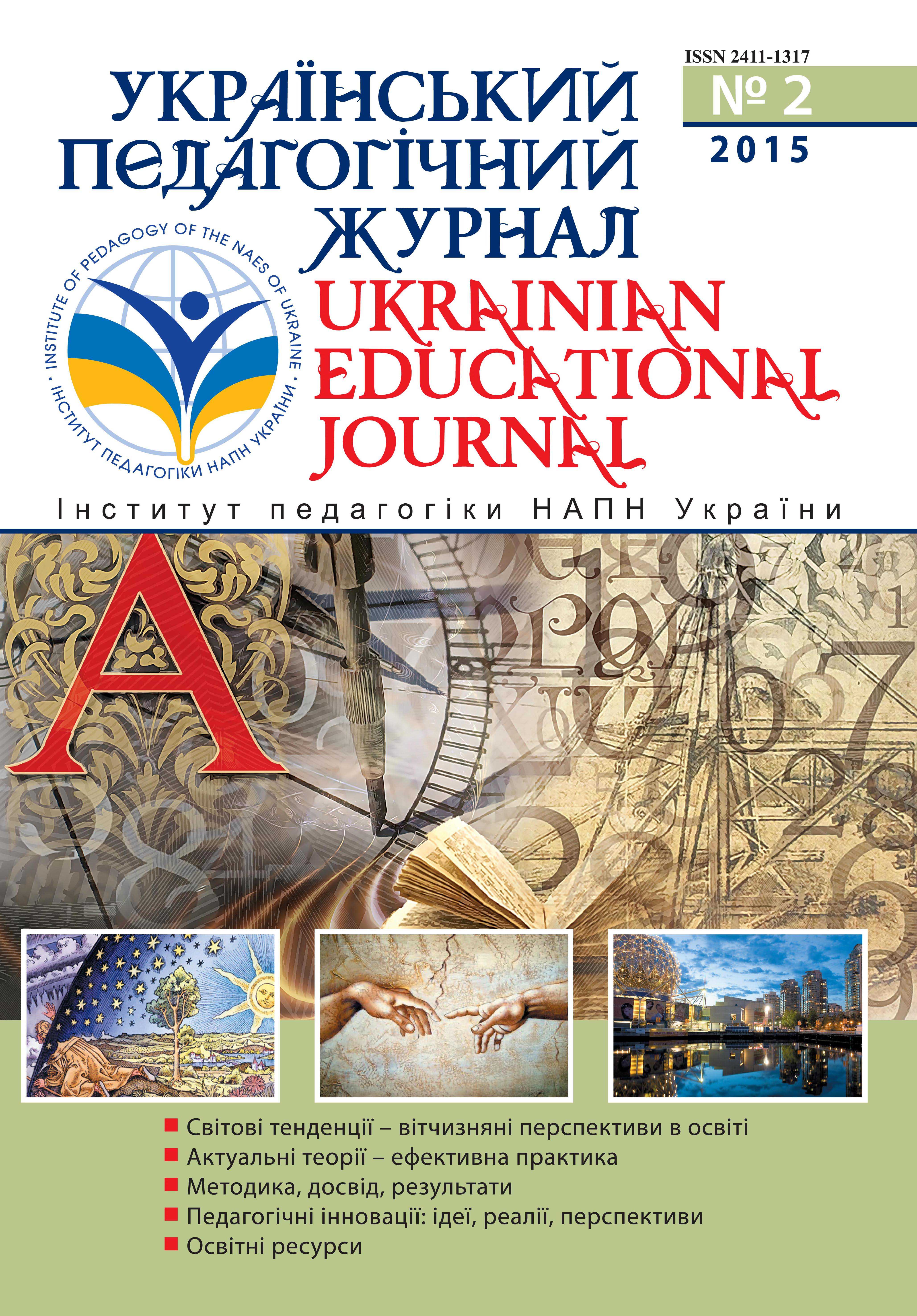Abstract
A detailed analysis of annotation (abstract) is made by the author. The notion of «annotation» (abstract)” as the object under copyright protection is defined as well as the role of annotation in the scientific work. The objective of the paper is to reveal the main aspects of the abstract as a part of the scientific article, explain specific features of translating annotations, the use of passive voice, clichés proper to the scientific style of the English language, syntax peculiarities. Translation difficulties of the abstract to the scientific article in Ukrainian-English translation are tackled by the author. The problem if translation equivalence is raised as the most important one. The author suggests some ready-made equivalents in both languages in words, phrases and sentences to make the process of translation easier. The author draws attention to creative translation based on deep knowledge of theory and practice of translation, finding equivalents, understanding equivalence levels, situational context translations, using expressive means of language. The author gives explanation of reasons for using translation methods, techniques and translation transformations to achieve the goal in translation. Contemporary scientific style is characterized as one aspiring to the syntax compression and reducing the text while increasing information volume. It can be seen in the specific of sentences structure. The examples and recommendations are drawn from the author’s experience in performing English-Ukrainian translations of scientific and technical articles and abstracts to those. It is crucial to choose lexical and grammatical means for performing translation properly.

This work is licensed under a Creative Commons Attribution-NonCommercial-NoDerivatives 4.0 International License.

